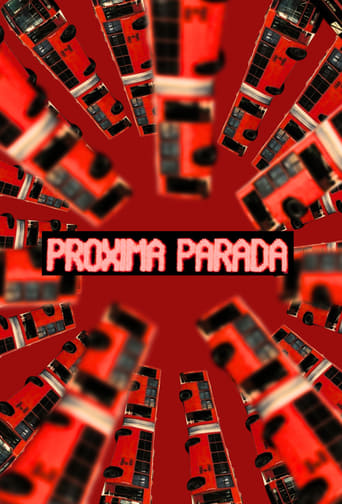
28 Feb 2024

Próxima Parada
Experimental documentary that poetically exposes the reality of public transport in the city of Curitiba.
Time lapse of clouds and a mimosa tree to the silhouette at dusk.

28 Feb 2024

Experimental documentary that poetically exposes the reality of public transport in the city of Curitiba.
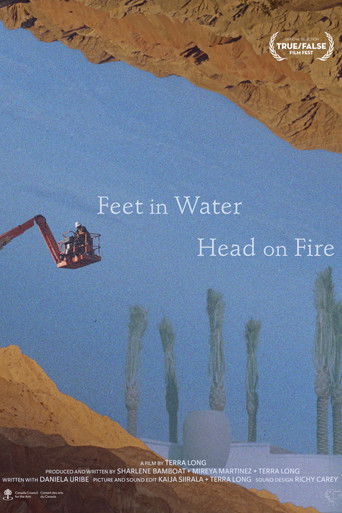
03 Mar 2023

Date palms imported and cultivated decades ago flourish in the Coachella Valley in Southern California. A cacophony of voices from across generations reflect on the shifting landscape of the region; some remember the first few acres that were planted, while others enjoy the luxuries of new golf courses. Feet in Water, Head on Fire is a sensorially vibrant 16mm experience that takes us on a journey of past, present, and future. Director Terra Long hand-processed the footage utilizing leftover dates and native plants intertwining the environment into the fabric of the film. Through complex and nuanced scenes, non-sync interviews blossom into a wonderfully gentle but memorable portrait of a community in flux.
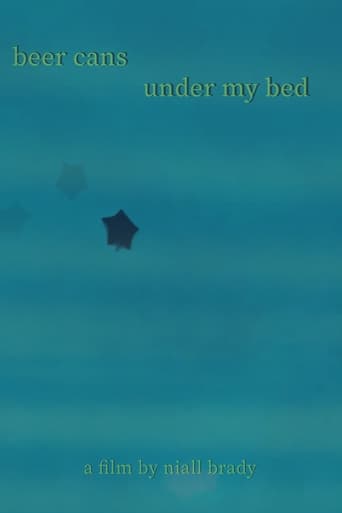
08 Mar 2024

This short, started early on into sobriety, finished about nine months in, is a collage of diaries and notes, collected from within addiction and into recovery.
16 May 2016
Druga linija aka The Other Line is a product of many years of research of neo-avant-garde cultural and art scene in Novi Sad, Serbia (late 60s and 70s), which has been marginalized until today. This artistic movement was directly connected not only with important art centers of the former Yugoslavia, but also with existing flows of world art during its brief and productive activities (7e Biennale de Paris, 19th Berlinale). The cultural and artistic emancipation of that time had implied individual freedom of expression and strong reaction to established boundaries. This avant-garde movement had become threat to communist establishment, the authors' work were sabotaged, the films were sealed off, five artists were taken to trial, two were sent in prison. How is it that the retrograde mechanism of shutting down and removing the most creative and representative progressive impulses of our surrounding is still so current to this day?
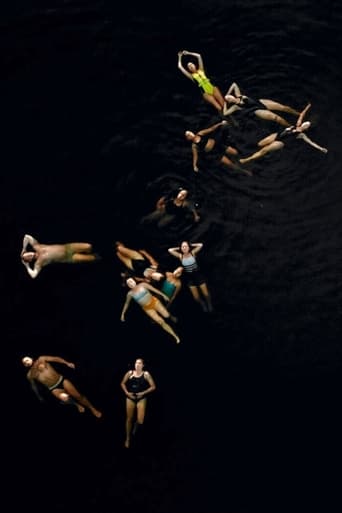
30 Dec 2019

Lake gazes down at a still body of water from a birds-eye view, while a group of artists peacefully float in and out of the frame or work to stay at the surface. As they glide farther away and draw closer together, they reach out in collective queer and desirous exchanges — holding hands, drifting over and under their neighbors, making space, taking care of each other with a casual, gentle intimacy while they come together as individual parts of a whole. The video reflects on notions of togetherness and feminist theorist Silvia Federici’s call to “reconnect what capitalism has divided: our relation with nature, with others, and our bodies.”
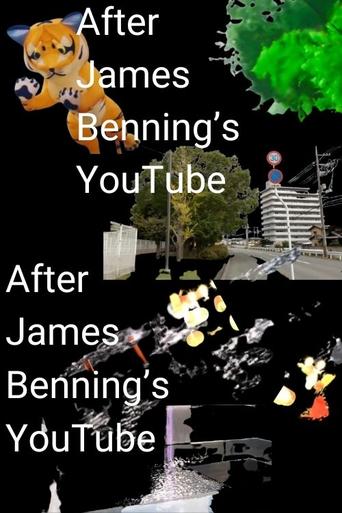
01 Mar 2024

Divided into 26 parts, an attempt to remake James Benning's film, YouTube (2011) with similar internet footage after 13 years.
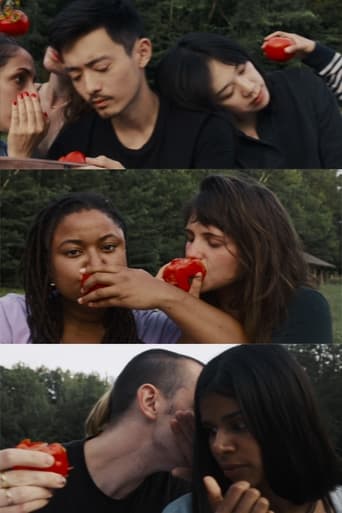
13 Jul 2020

Across the installation's multiple channels, the camera circles a group of artists as they sit together in a field eating, licking, and squeezing ripe tomatoes. Throughout the ever-changing scene, kisses, whispers, and caresses are shared with a casual, gentle intimacy that reflects interconnectivity and abundance. These queer and desirous exchanges constitute a portrait of collectivity wherein individuals come together as distinct parts of a whole.
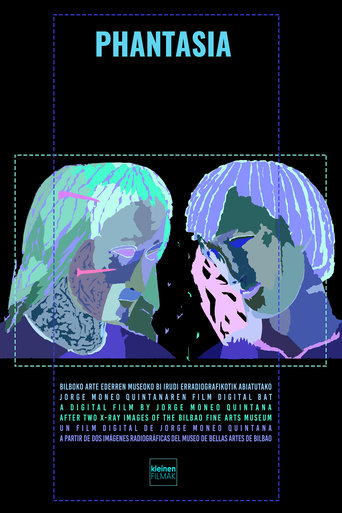
13 Mar 2024

X-ray images were invented in 1895, the same year in which the Lumière brothers presented their respective invention in what today is considered to be the first cinema screening. Thus, both cinema and radiography fall within the scopic regime inaugurated by modernity. The use of X-rays on two sculptures from the Bilbao Fine Arts Museum generates images that reveal certain elements of them that would otherwise be invisible to our eyes. These images, despite being generally created for technical or scientific purposes, seem to produce a certain form of 'photogénie': they lend the radiographed objects a new appearance that lies somewhere between the material and the ethereal, endowing them with a vaporous and spectral quality. It is not by chance that physics and phantasmagoria share the term 'spectrum' in their vocabulary.

11 Feb 1971

The Documentary centers around Zappa at home, and on Tour. The amazing thing is that Zappa allowed a guy with a camera to film the band at the Fillmore West w/ Flo and Eddie. There are times when the camera man seems to be on the stage. The performance is recorded from only one camera angle. There are only 4-5 songs presented here.....and Zappa referring to the Fillmore West as the ‘Psychedelic Dungeon’ is priceless………..It is a great piece of history.

02 May 2023

Be. Belonging. Words on vintage flash cards shuffle past in a stream-of-consciousness that shows the mind working, assigning labels and names to things through love and language. In the space of a moment, perception embarks on an epic journey of tongues, through Cantonese and English sounds and Ektachrome memories that form the characters and identity of this American-born Asian filmmaker.
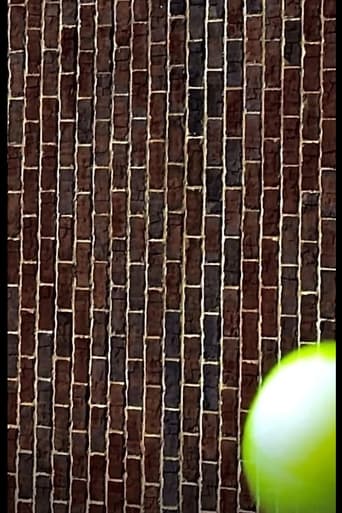

A wall and a ball.

03 May 2014

Set in Munich's petty-bourgeois Westend, film documents life at home with former Fassbinder actor, Warhol collaborator, and horror movie director Ulli Lommel. Rather than a straight documentary portrait of this bohemian household, the camera prefers to follow the narrative impulses of the family members. Lost in serious play, the kids improvise hypnotic death scenes while their mother claims to come from a planet where everything is "ethereal and incorporeal." As parent-child relations are unscripted and re-scripted on the fly, the dilated time of a collective daydream is punctuated by the ordinary sounds of an electric toothbrush, vacuum cleaner, and piano.
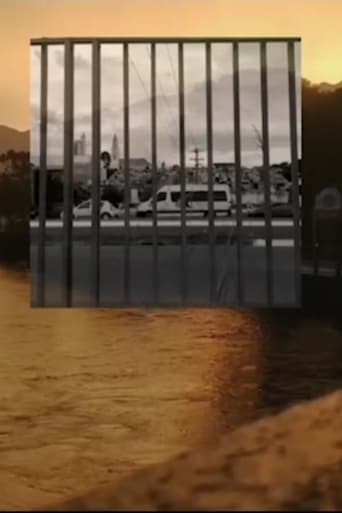
17 Jul 2018

Stuck in the traffic of life.
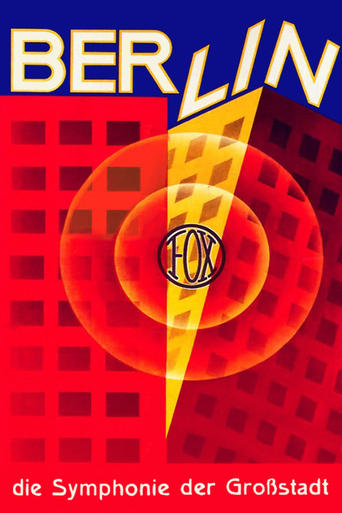
23 Sep 1927

A day in the city of Berlin, which experienced an industrial boom in the 1920s, and still provides an insight into the living and working conditions at that time. Germany had just recovered a little from the worst consequences of the First World War, the great economic crisis was still a few years away and Hitler was not yet an issue at the time.
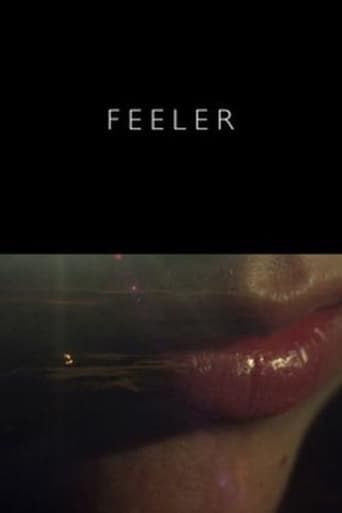
27 Jun 2016

16mm film by Paul Clipson, and music by Sarah Davachi. Filmed in New York, Los Angeles, Hong Kong, Brisbane, Krakow, Sidney, Portland, Napa, Oakland and San Francisco.
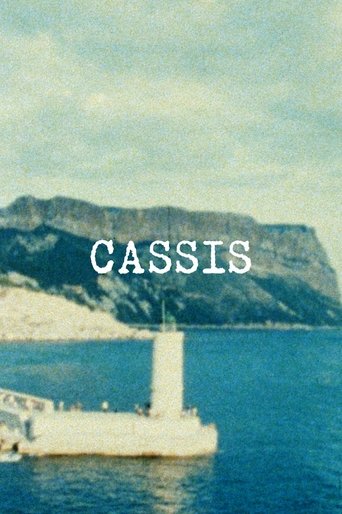
01 Jan 1966

"I was visiting Jerome Hill. Jerome loved France, especially Provence. He spent all his summers in Cassis. My window overlooked the sea. I sat in my little room, reading or writing, and looked at the sea. I decided to place my Bolex exactly at the angle of light as what Signac saw from his studio which was just behind where I was staying, and film the view from morning till after sunset, frame by frame. One day of the Cassis port filmed in one shot." -JM

08 Sep 2023

Roads fall into the sea and a travelogue breaks against the landscape.

15 Jul 2005

A portrait of North Kolkata (Calcutta), this film searches the streets for the ebb and flow of humanity and reflects the changing landscape of a city at once medieval and modern. -Mark Toscano. Preserved by the Academy Film Archive in 2014.
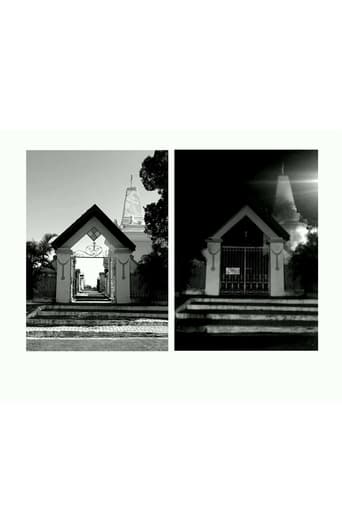
24 Jul 2018

Two screens of a graveyard, one during the day and one at night. The duality of everything that exists in the universe.
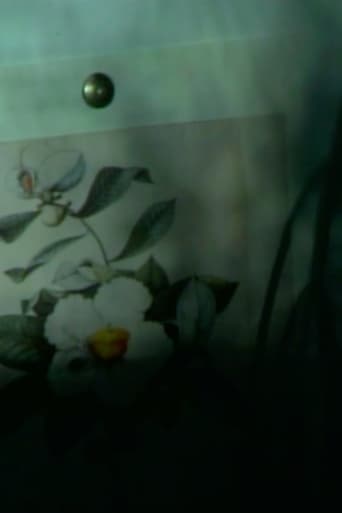
19 Mar 2023

the franklinia flower, now extinct in the wild, appears here as a printed image (a drawing from 1782) pinned against a kitchen wall. hand and figure move disjointedly. the light of day gives way to electricity, to darkness, and to morning. recorded on a video camera built in 2002: an obsolete image tracing some accidental gestures and capturing a form of life existent only in cultivation. some fragments of vermeer, general electric, and chiquita brands international.